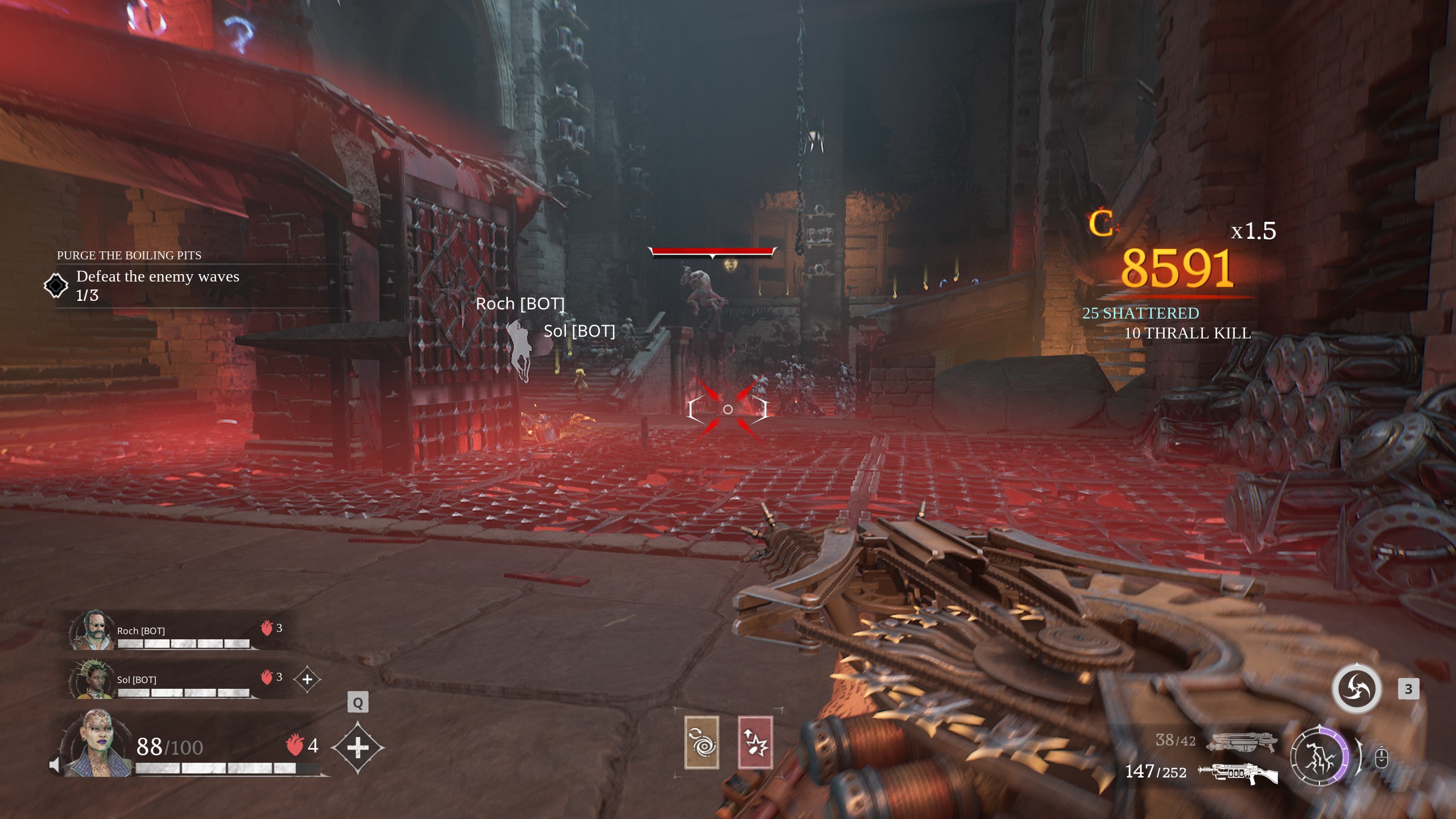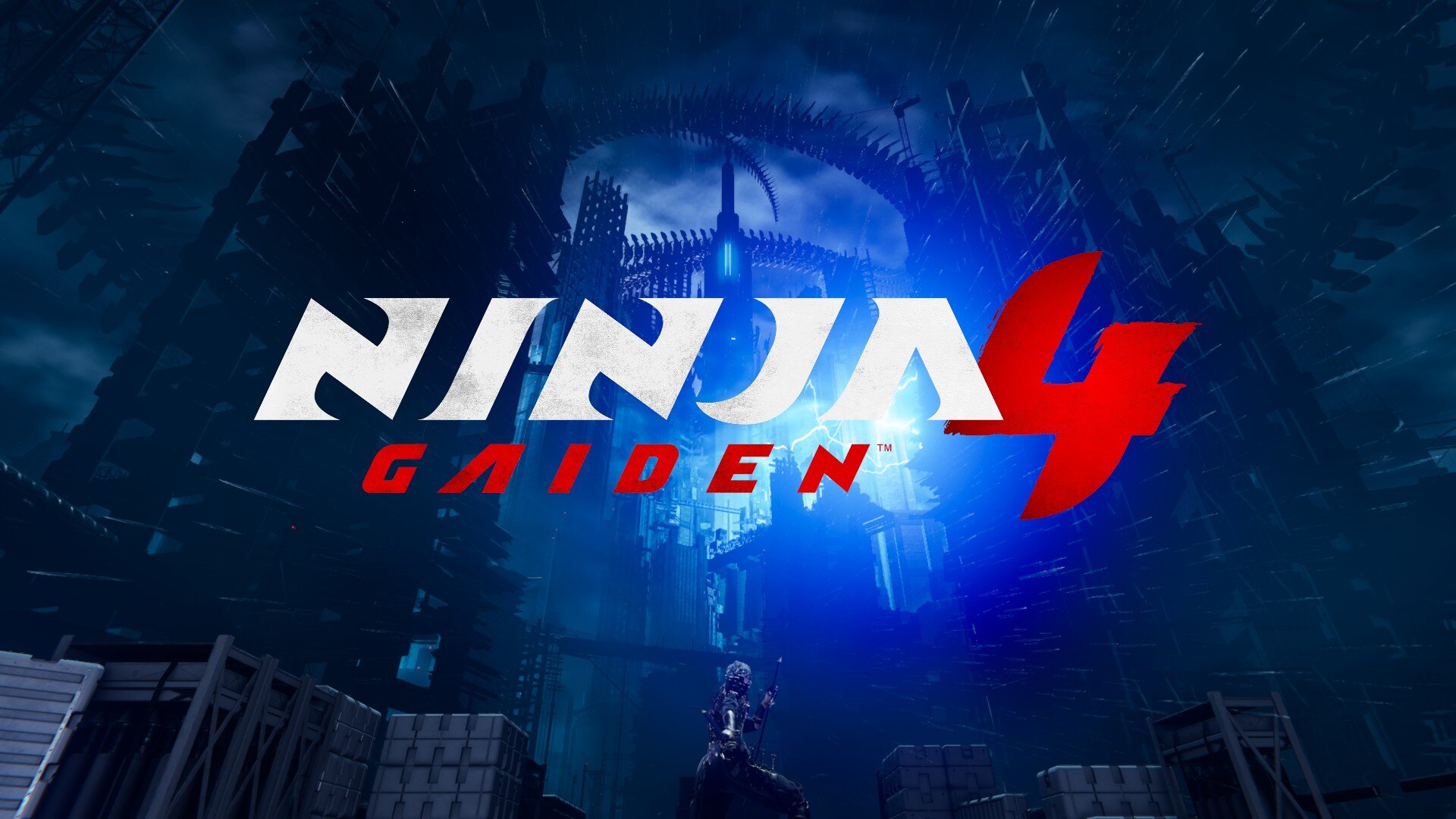RTX 5060 Ti 16 GB vs RTX 3070 8 GB: A detailed comparison of specs, performance, price, and which GPU offers better value in 2025.
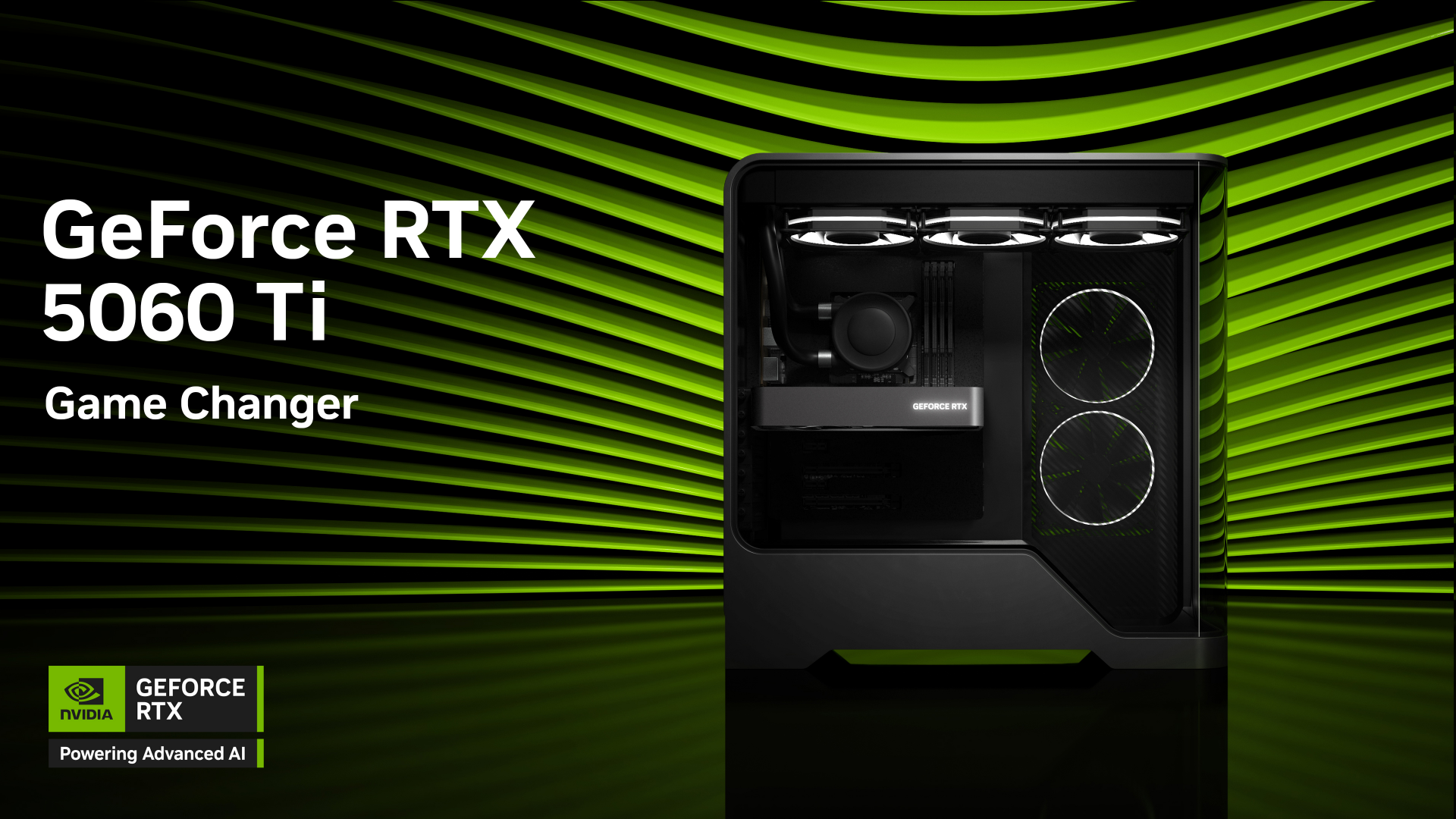
Nvidia has officially launched the GeForce RTX 5060 Ti, available in both 8 GB and 16 GB GDDR7 variants. The 16 GB model, priced at $429, is positioned to cater to gamers and creators looking for higher memory capacity for VRAM-heavy workloads. With the RTX 5060 Ti finally out, there’s a good chance you’re looking at this comparison for one of two reasons.
You may already be using an RTX 3070 and wondering if it’s worth jumping to something newer. Or you’re finding great deals on used 3070s as others upgrade to the 5000 series, and you’re considering whether to grab one now. Either way, it’s a fair competition, putting Nvidia’s last-gen higher midrange against its latest 5000 series offering. So let’s break it down and see how these two cards stack up in specs, performance, pricing, and real-world value.
RTX 5060 Ti 16 GB vs RTX 3070 8 GB Specifications Compared
| Specification | RTX 3070 8 GB | RTX 5060 Ti 16 GB |
| NVIDIA CUDA Cores | 5888 | 4608 |
| Shader Cores | Ampere | Blackwell |
| Tensor Cores (AI) | 3rd Generation | 5th Generation 759 AI TOPS |
| Ray Tracing Cores | 2nd Generation | 4th Generation 72 TFLOPS |
| Boost Clock (GHz) | 1.73 | 2.57 |
| Base Clock (GHz) | 1.5 | 2.41 |
| Standard Memory Config | 8 GB GDDR6 | 16 GB GDDR7 |
| Memory Interface Width | 256-bit | 128-bit |
| NVIDIA DLSS | DLSS 2 Super Resolution DLAA Ray Reconstruction | DLSS 4 Super Resolution DLAA Ray Reconstruction Frame Generation Multi Frame Generation |
| NVIDIA Reflex | Reflex | Reflex 2 Low Latency Mode Frame Warp (Coming Soon) |
| Maximum Digital Resolution(1) | 7680×4320 | 4K at 480Hz or 8K at 165Hz with DSC |
| Standard Display Connectors | HDMI(2), 3x DisplayPort(3) | 3x DisplayPort(2), 1x HDMI(3) |
| Multi Monitor | 4 | 4 |
| HDCP | 2.3 | 2.3 |
| Maximum GPU Temperature (in C) | 93 | 87 |
| Total Graphics Power (W) | 220 | 180 |
| Required System Power (W) (5) | 650 | 600 |
| Supplementary Power Connectors | 1x PCIe 8-pin (adapter to 1x 12-pin included) | DLSS 4 Super Resolution DLAA Ray Reconstruction Frame Generation Multi-Frame Generation |
Spec-wise, the RTX 3070 pushes raw power with more CUDA cores and a wider 256-bit memory bus, while the 5060 Ti 16 GB offers newer architecture, higher clock speeds, and faster GDDR7 memory. Both offer a bandwidth of 448 GB/s, but the 5060 Ti doubles VRAM to 16 GB, giving it a clear edge in texture-heavy games and AI-driven features like DLSS 4.
The RTX 5060 Ti’s more efficient and updated ray tracing and tensor cores also make it better suited for modern workloads. While the 3070 still shines in traditional performance, the 5060 Ti leans into a smarter, more AI-oriented feature set.
RTX 5060 Ti 16 GB vs RTX 3070 8 GB Performance Compared
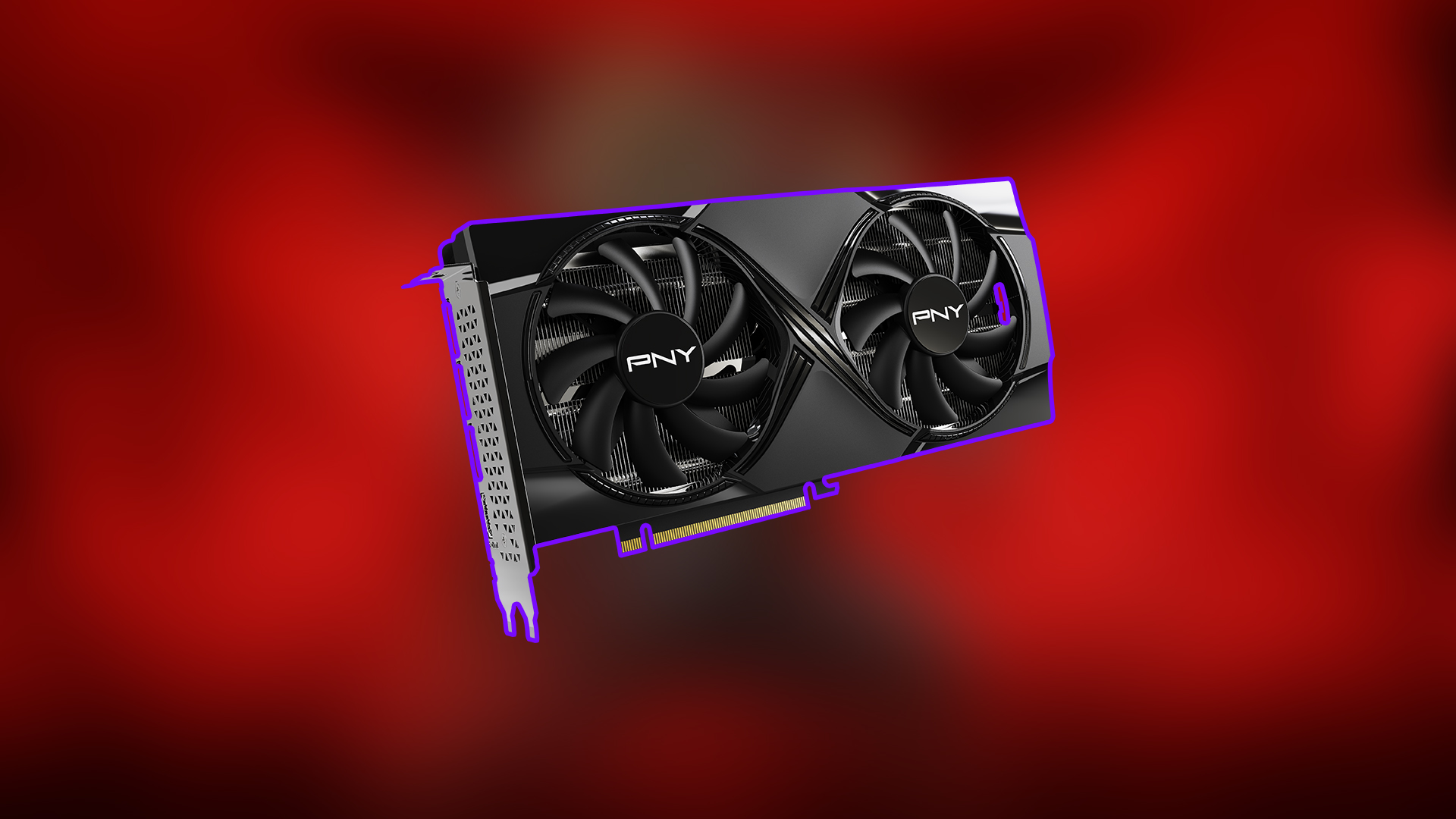
The RTX 3070, with its higher CUDA core count and wider memory interface, delivers robust performance in 1440p and 4K gaming scenarios. However, the RTX 5060 Ti 16 GB boasts several optimization features that narrow the performance gap:
- DLSS 4 and Multi Frame Generation: DLSS 4 with Multi Frame Generation uses AI to predict and generate entire frames between traditionally rendered ones, significantly boosting frame rates without taxing the GPU. This results in smoother gameplay, especially in demanding titles. This feature improves frame rates and motion clarity, particularly in supported games, providing a smoother gaming experience.
- Higher Clock Speeds: With a boost clock of 2.57 GHz, the 5060 Ti 16 GB works at significantly higher frequencies. This makes it more efficient than the 3070, potentially leading to better performance in certain applications.
- Increased VRAM: The 16 GB of GDDR7 memory in the 5060 Ti allows for better handling of high-resolution textures and larger datasets. This comes in handy in modern titles and creative applications, not to mention much better LLM capabilities.
The RTX 3070 may still have an edge in raw performance. It benefits from a higher CUDA core count and wider memory bandwidth. However, the 5060 Ti 16 GB holds its own. It delivers competitive performance and brings modern, AI-focused features to the table.
RTX 5060 Ti 16 GB vs RTX 3070 8 GB Pricing Compared
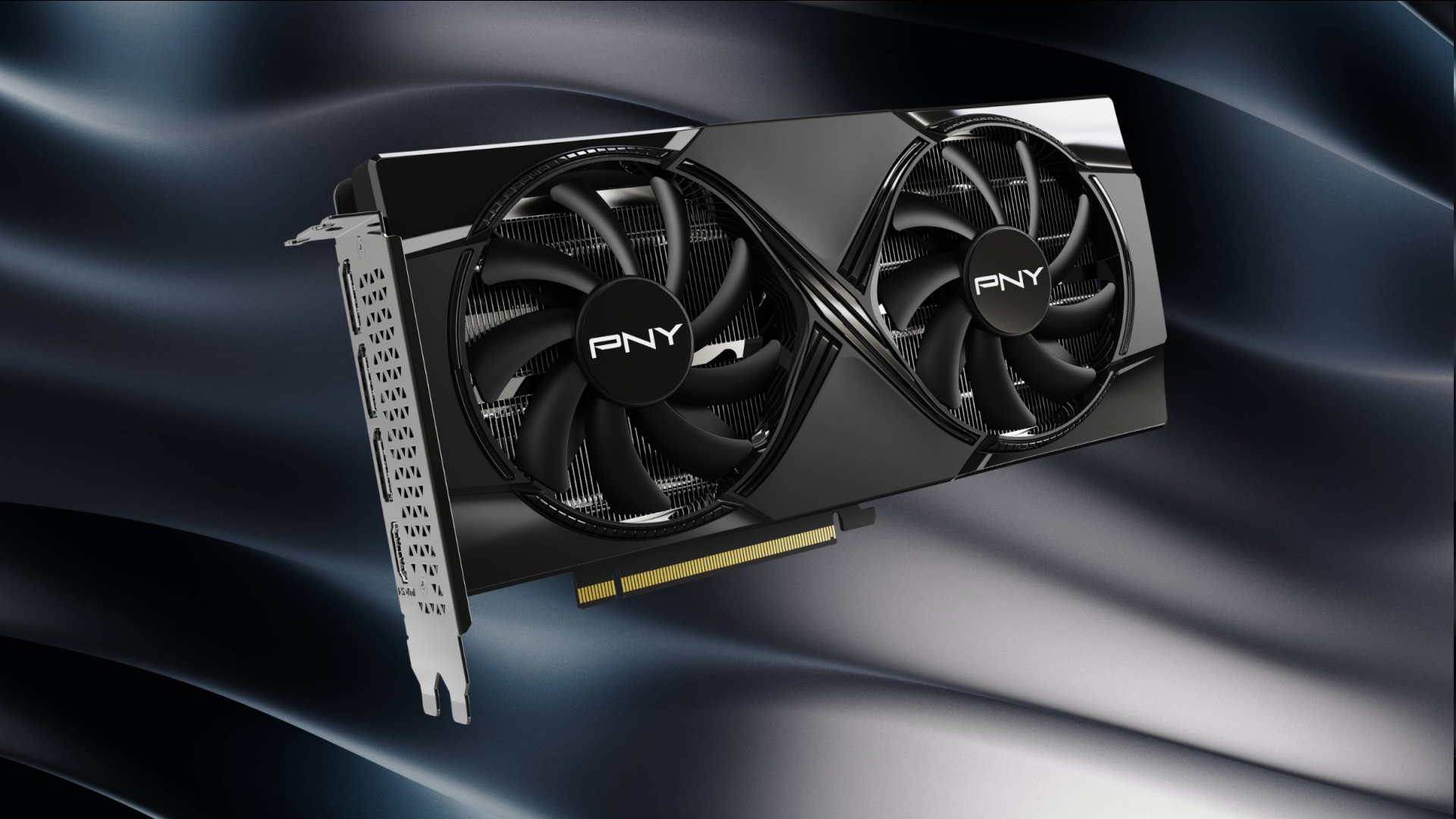
At launch, the RTX 5060 Ti 16 GB is priced at $429, which makes it $70 cheaper than the RTX 3070’s launch price of $499. This price difference, combined with the 5060 Ti’s newer features and increased VRAM, positions it as a cost-effective alternative for users seeking the most value-for-money option.
RTX 5060 Ti 16 GB vs 8 GB Pros and Cons
5060 Ti 16 GB Pros and Cons
| It may not match the raw performance of the 3070 in all scenarios. | Cons |
| Supports DLSS 4 and Multi-Frame Generation for enhanced performance. | Narrower 128-bit memory interface compared to the 3070’s 256-bit. |
| Higher clock speeds contribute to improved efficiency. | May not match the raw performance of the 3070 in all scenarios. |
| 16 GB of GDDR7 memory accommodates high-resolution textures and larger datasets. | |
| Lower power consumption at 180 W. |
3070 8 GB Pros and Cons
| Pros | Cons |
| Higher CUDA core count and wider memory interface provide strong performance. | Limited to 8 GB of GDDR6 memory, which may be restrictive in memory-intensive tasks. |
| Lacks support for newer technologies like DLSS 4 and Multi-Frame Generation. | |
| Higher power consumption at 220 W. |
Final Verdict
If you’re already using an RTX 3070, upgrading to a 5060 Ti 16 GB probably isn’t worth it. The performance gains are minimal and don’t justify the switch. However, the latter is the smarter option if you’re in the market right now and choosing between a discounted 3070 or the new 5060 Ti. It may have slightly lower raw specs, but it brings significant generational improvements. Features like DLSS 4, Multi Frame Generation, and better efficiency give it an edge. The 5060 Ti offers new buyers more long-term value with its modern architecture and support for Nvidia’s latest tech.
Looking For More Related to Tech?
We provide the latest news and “How To’s” for Tech content. Meanwhile, you can check out the following articles related to PC GPUs, CPU and GPU comparisons, mobile phones, and more:
- 5 Best Air Coolers for CPUs in 2025
- ASUS TUF Gaming F16 Release Date, Specifications, Price, and More
- iPhone 16e vs iPhone SE (3rd Gen): Which One To Buy in 2025?
- Powerbeats Pro 2 vs AirPods Pro 2: Which One To Get in 2025
- RTX 5070 Ti vs. RTX 4070 Super: Specs, Price and More Compared
- Windows 11: How To Disable Lock Screen Widgets
 Reddit
Reddit
 Email
Email
